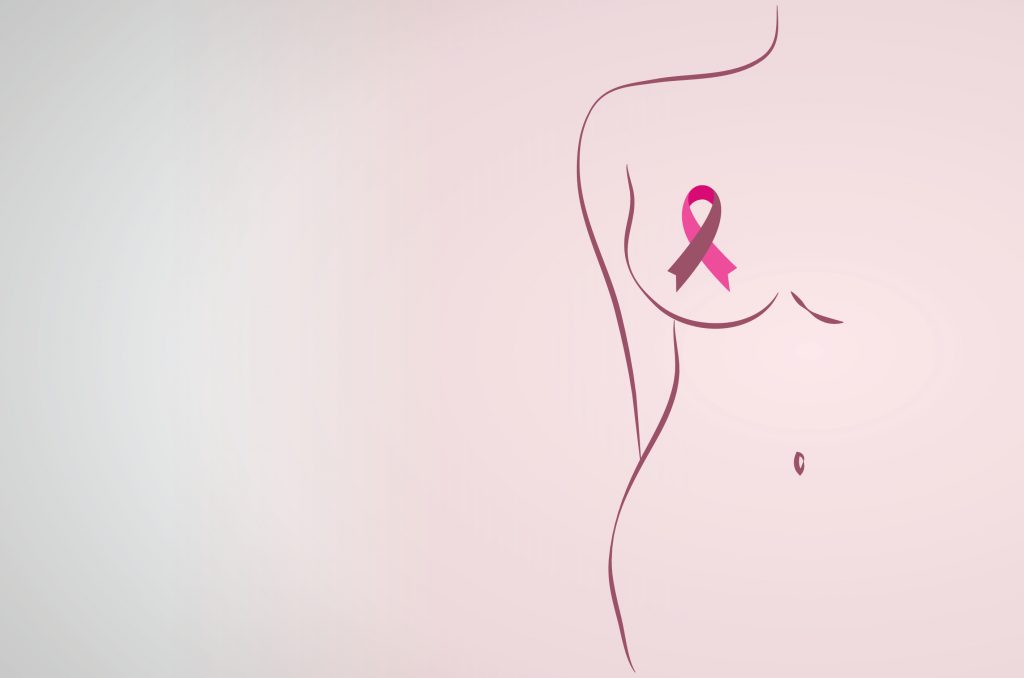Breast cancer treatment has seen major advances in recent years, leading to much better health outcomes and survival rates, says Washington University medical oncologist Dr. Nusayba Bagegni, who practices at Siteman Cancer Center. “About one in eight U.S. women develop breast cancer, so it’s very common, but we have effective tools like mammography to screen for it,” she says. “We want people to know that screening is key because earlier detection means a greater potential for cure. There are four million breast cancer survivors in the U.S. right now.”
Bagegni says that of three main subtypes, hormone receptor positive, HER2 negative breast cancer is the most common. “Blocking estrogen with medication is the usual way to treat it, and endocrine therapy can help by depleting what the tumor feeds on,” she says. “Depending on the stage of the cancer, these treatments may be used with other targeted therapies as well.”
HER2 positive breast cancer is seen in a smaller number of patients, and it is treated using drug therapy to block HER2, a protein on the cell surface that, when amplified, can “rev up” cancer cell growth, she says. The third subtype is triple negative breast cancer, so called because it does not involve either the HER2 protein or the hormones.
“The way we treat a patient’s breast cancer depends on which type it is, and what stage it has reached,” Bagegni says. “When it’s at stage 0, 1, 2 or 3, we generally look at it as being curable. Stage 4 means it is a more advanced cancer with metastasis, for which there is currently no cure. The goal in that case is to try and control the disease and maintain a good quality of life as long as possible.”
Breast cancer patients may benefit from different combinations of medical therapy, radiation and surgery, and Bagegni says immunotherapy is gaining ground as a treatment as well. “This type of therapy charges up the body’s immune system and rewires it to do what it was designed to—recognize cancer cells and kill them,” she explains. “Recently, the FDA approved immunotherapy for high-risk, early-stage triple negative breast cancer. Adding it to chemotherapy has been shown to reduce risk of recurrence in some women, so it’s an exciting development. When I create a list of treatment options for a patient, it feels great to have more tools in the toolbox.”
Bagegni says participating in clinical trials is yet another way for women to fight back against breast cancer, and it also benefits future patients. “We are always looking for the most promising therapies to update the standard of practice,” she says. “Trials help scientists and medical professionals understand how patients can tolerate treatment better and live longer without the cancer recurring.”
Just a few decades ago, the outlook for breast cancer patients was not as hopeful as it is today, Bagegni says. “As we learn more about the growth and biology of tumors, we can greatly advance the science of treating them, and we can design therapy that is less invasive,” she says. “Many women can be cured and live longer, better lives than before. It’s important to listen to your body, do regular breast self-exams, get screened, be careful about information you read online, and discuss questions, concerns and family medical history with your physician.”
did you know
Breast cancer may not cause any symptoms in its early stages, but some women do experience changes that should be discussed with a doctor:
- Lump or thickening felt during self-exam
- Change in breast size or shape
- Change in breast skin color or texture
- Nipple discharge or inversion (turned inward)
- Itching, discomfort or tenderness
- Enlarged lymph nodes under the arm or near the collarbone
